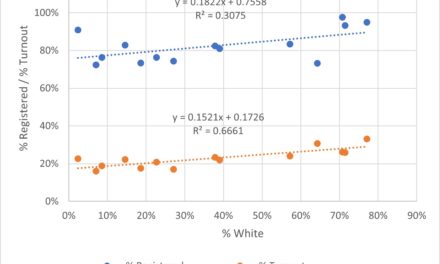John Charles Wilson is a breath of fresh air.
In an interview with The Commercial Appeal, the president of Agricenter International admits what others there have refused to face for years. The facility’s founding vision and promises have failed.
In describing what was supposed to be a national center for agricultural technology and research, Mr. Wilson told about how much children enjoy the place today – with its pay-to-fish lake, its eight-acre corn maze, its fishing rodeo and his community outreach programs to teach forestry and farming to students.
While all of these activities sound like fun, it vividly paints the portrait of a facility that fits more into the framework of a regional park than an isolated facility commanding 1,000 acres of public land like a feudal lord.
Justification
Of course, no one at Agricenter mentions any more their 1981 justification for public funding: Agricenter International will be a “regional resource and technological center for all aspects of agriculture…a showplace for cutting edge technology and equipment…a repository for information in a state-of-the-art data bank…a prominent center for innovative research…the site for permanent and changing exhibits…and the host/sponsor/organizer for significant agricultural conferences, seminars and conventions on emerging themes.”
Now, cheerleaders for the facility have lowered their sights, pointing to its importance in giving kids a chance to experience farm life. Left unsaid is why that requires 1,000 acres of the county’s most prized land at Shelby Farms Park, or if this is the highest and best use of a building that’s received more than $20 million in public subsidies.
Once the organization was disconnected from the financial artery of county government about 10 years ago, Agricenter International could no longer count on deficit funding each year from the public sector, and in its haste to reinvent itself, it floundered for years before it arrived at its present focus anchored in youth activities.
A Mixed Bag
It still has its mixed bag of events held in the building. Most have only tenuous connections to its agricultural mission. Lately, one of its biggest events was the Southern Women’s Show, and the newspaper coverage said that 22,000 people in three days attended the show. What it failed to mention is that Agricenter International stole the event from the Memphis Cook Convention Center, where it had previously been held. This in turn reduced revenues at the convention center, a building where the city and county governments are still responsible for deficit funding.
We are told that events rentals account for about 33 percent of the facility’s revenues; office rent accounts for about 20 percent; 10 percent from crops and the remainder from miscellaneous activities.
In its Valentine to the Agricenter, The Commercial Appeal quoted the economic impact study by Younger and Associates that the Agricenter generates $527 million in economic spin-offs. It makes that same firm’s prediction that the NBA would produce more than $1 billion in economic impact almost seem reasonable.
Based on the facility’s annual revenues of roughly $2.5 million, it would mean more than a 250:1 return on investment. Besides demonstrating once again how utterly meaningless these economic impact studies are, the report is merely a distraction from key decisions that need to be made about Agricenter’s future.
Over the years, Agricenter has shown an institutional inclination to stonewall any questions about accountability, shift in mission, iron-gripped control over the 1,000 acres or even modest proposals for greater coordination between the operations of the park and the facility.
Staying Alive
But our intent is not to beat up Agricenter International. That’s much too easy. Our purpose is to acknowledge that it is in fact an organization trying to stay alive despite the failure of its original mission. That happens to a lot of organizations, and even critics of the facility have to admire Wilson’s dogged determination to find a niche and his enthusiasm for his job.
However, it does seem time to address some critical questions about Agricenter International.
For example, it’s time for Shelby County Government to re-visit the resolution which turned over 1,000 acres to the organization. The fruits of that resolution — a hodgepodge of buildings creating an eyesore along Germantown Road, a desolate RV park, a decrepit old farmer’s market building, an architecturally jarring ShowPlace Arena, and a series of buildings whose who look no more permanent that the trailers parked nearby – call out for a fresh look at the relationship between county government and Agricenter and a more logical allotment of public land.
Mr. Wilson exhibits rare honesty in explaining Agricenter’s activities, so perhaps, his leadership can usher in a new era of openness in considering these issues.



